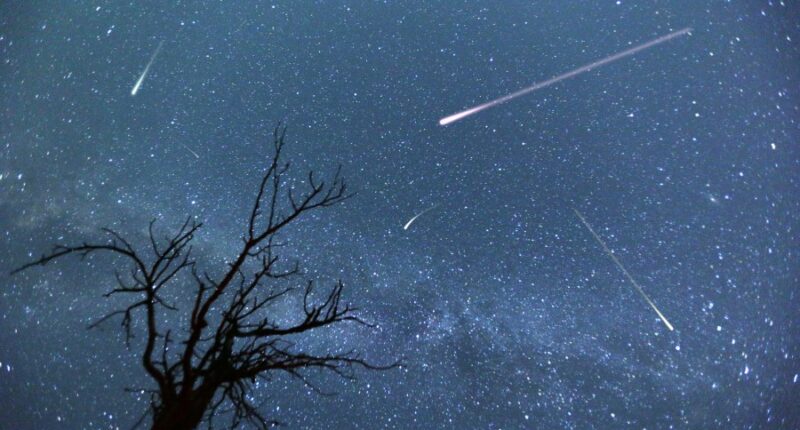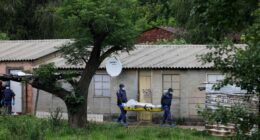Share this @internewscast.com

The Perseid meteor shower is approaching, providing skywatchers the opportunity to witness what many regard as the premier meteor shower annually.
The shower is expected to begin on July 17 and last until at least Aug. 23, with the peak expected to occur from Aug. 12-13.
Renowned for their fireballs, the Perseids produce meteors that shine longer than typical ones, leaving vivid trails of color and light across the sky as they pass through our atmosphere.
Meteor showers occur when Earth travels through a region filled with space debris from a comet. This debris burns up upon entering Earth’s atmosphere, creating bright, colorful flashes of light.
The Perseids are created by debris left from the Swift-Tuttle comet, which was last in the inner solar system in 1992. The comet takes 133 years to orbit the sun, and astronomers first discovered it was the source of the Perseids in 1865.
The meteors appear to come from the constellation Perseus, hence the name, but they don’t actually originate there.
With 50-100 meteors per hour, the Perseids offer a dramatic show conveniently timed to warm, summer nights that make for comfortable viewing.
The best time to see the Perseids is early in the morning before dawn, according to NASA, though they can sometimes be seen as early as 10 p.m.
Unfortunately for hopeful meteor watchers, the moon will be 84% full at the peak, so moonlight will make it harder to see the meteors.
Although there will be fewer meteors in the sky, the best bet for seeing the Perseids is likely to be between July 18-28, when moonlight is minimal. To get the best view, head to a place with minimal light pollution and look toward the constellation Perseus to see the show.












